Recent Posts
- Home
- Elevate Blog
- Sustainable Packaging Guide - Pouches and Flexible Packaging
Sustainable Packaging Guide - Pouches and Flexible Packaging
Posted on
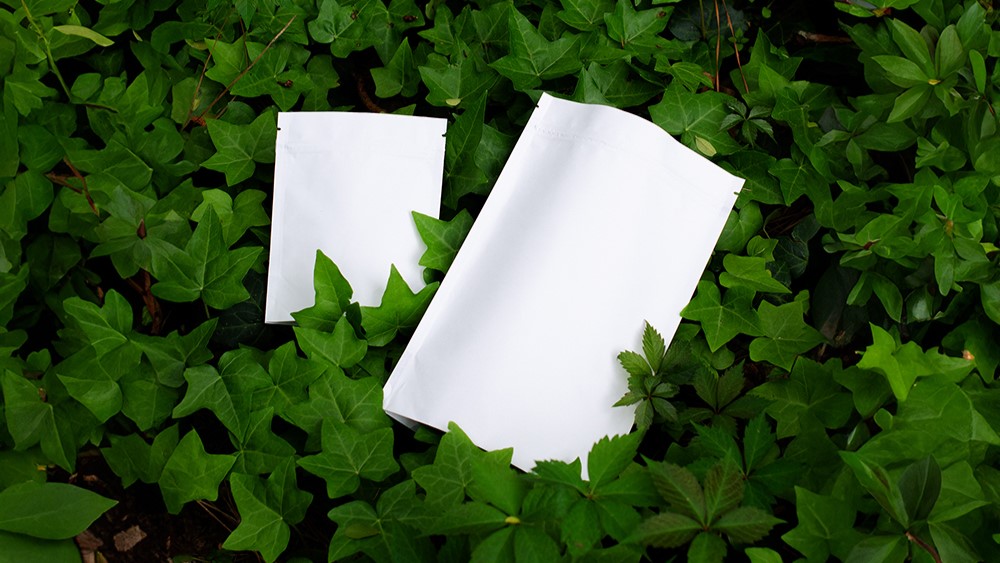
Recognized for their minimal environmental footprint, durability, and user-friendly features — including reclosable zippers and tear notches — stand-up pouches have become a preferred packaging choice for a huge number of brands.
The first stand-up pouch was invented in 1963 by Louis Doyen and was originally designed for packaging fruit juice. The “Doypack” design utilized a U-shaped bottom gusset that allowed the bag to stand upright when filled.
In the 1950’s the only film available for flexible packaging was cellophane. The 1960’s saw the introduction of alternatives such as polypropylene and polythene. Later developments such as co-extrusions (pressing two or more materials through the same mold to produce a single piece), coatings, and laminations (two or more layers bonded together) allowed manufacturers to improve the strength, durability, and barrier properties of the materials used to create flexible packaging.
It might seem like stand-up pouches are a relatively new invention, their popularity has exploded in the last decade. Although the original 1963 stand-up pouch offered a unique design, its high production cost compared to other packaging options made it too expensive for businesses. As a result, it wasn't widely adopted at the time.
With advancements in materials and manufacturing processes, stand-up pouches have become a cost-effective and highly functional packaging solution. This, coupled with their environmental benefits and consumer appeal, has propelled them to become a preferred choice for a wide variety of brands and products today.
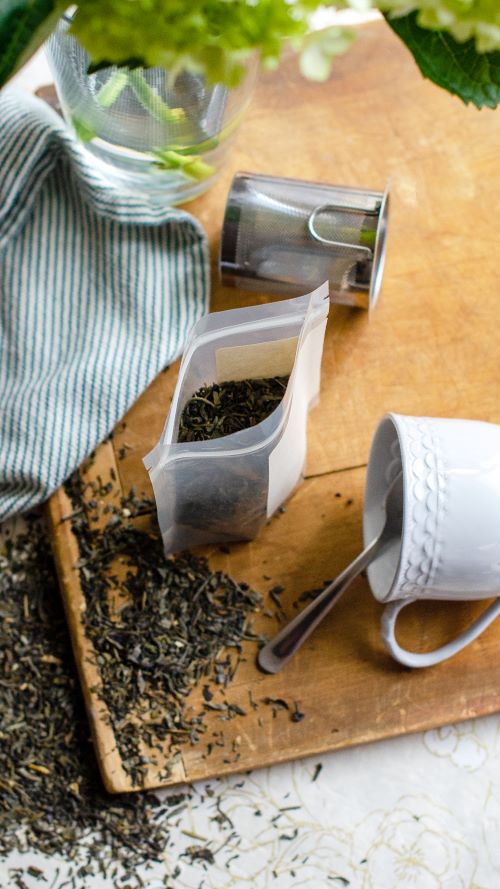
What Is A Stand Up Pouch?
A stand-up pouch is a type of flexible packaging that transforms from a flat, space-saving format when empty to an upright, self-supporting container when filled. This unique design makes them ideal for displaying and storing a wide range of products, from food and snacks to household goods.
Stand-up pouches are constructed from multiple layers of different materials, such as plastic, paper, and foil, laminated together for strength and functionality. These layers work in combination to protect the contents from moisture, light, and air, ensuring product freshness and quality. During production, eye-catching designs and branding are printed directly onto the flat film (called rollstock) before it's cut to size and shaped into the final stand-up pouch.
Flat pouches are similar in construction but do not have a bottom gusset and cannot stand on their own. This makes stand-up pouches more suitable for products that benefit from standing display for better visibility and accessibility.
Both flat and stand-up pouches often have additional features like zippers for resealing and tear notches for easy opening, making them convenient for repeated use. They are a practical choice for brands looking for efficient, user-friendly packaging.
The Rise of the Stand-Up Pouch: Convenience Meets Sustainability
Stand-up pouches are rapidly becoming the go-to option for many products, surpassing traditional rigid packaging in popularity. This shift is driven by several key factors:
Environmental Friendliness:
Stand-up pouches offer a more sustainable packaging solution compared to traditional options. Often made with less material than rigid containers, they contribute to a smaller environmental footprint. This resonates with today's consumers and aligns with the growing green movement.
Convenience for Consumers:
Stand-up pouches are designed with consumer convenience in mind. They often feature recloseable zippers, allowing for easy portioning, storage, and reduced waste. Their lightweight and flexible nature makes them ideal for carrying on-the-go, fitting perfectly in purses, backpacks, or gym bags.
Enhanced Branding and Marketing:
Stand-up pouches offer an excellent canvas for eye-catching graphics and branding. The ability to print the entire pouch with vibrant colors and detailed designs allows brands to create a unique and memorable visual identity for their products. This increased visual appeal translates to a powerful marketing tool that can attract consumers on store shelves.
Looking for Sustainable Stand Up Pouches?
Are Stand-Up Pouches Eco-Friendly?
Stand-up pouches are an excellent eco-friendly packaging option, primarily due to their design and material efficiency when compared to traditional rigid packaging. Their construction requires less raw material, which translates into a lower environmental footprint during both production and disposal.
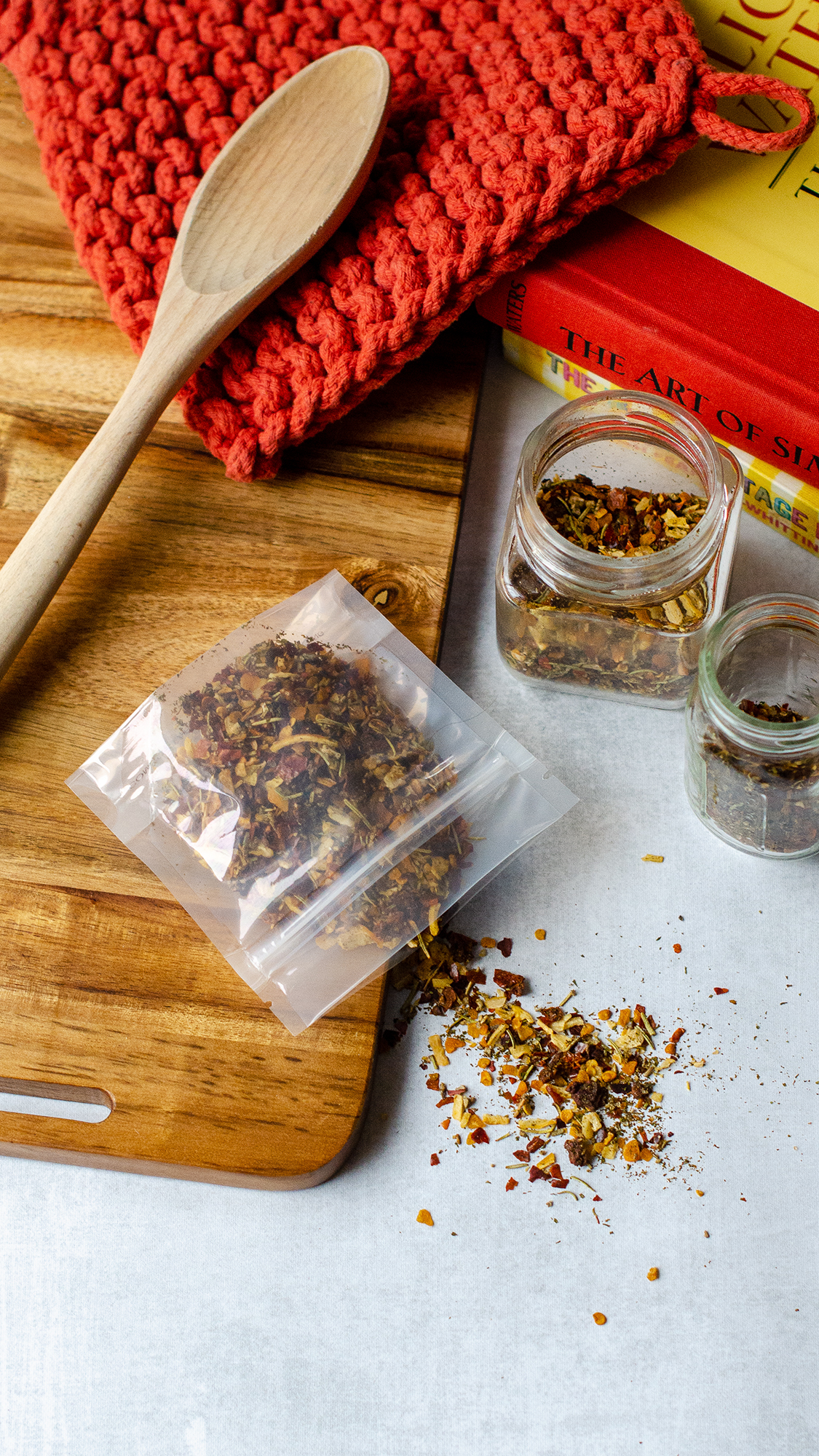
The lightweight nature of stand-up pouches significantly reduces transportation emissions. Since they occupy less space and weigh less than rigid containers, more products can be shipped at once, leading to fewer carbon emissions per product transported. This efficiency is crucial in efforts to minimize the impact of logistics on the environment.
Additionally, the barrier layers in stand-up pouches ensure products have a longer shelf life by protecting against moisture, oxygen, and light. This extended shelf life is vital for reducing food waste, a significant issue with environmental and economic implications. By keeping products fresh for longer, stand-up pouches can help decrease the amount of waste that ends up in landfills.
How Stand-Up Pouches Benefit Consumers, Retailers, and the Environment
Stand-up pouches offer a range of advantages over traditional rigid packaging, from environmental benefits to consumer convenience. Here's a breakdown of their key benefits:
- Resource Efficiency: Stand-up pouches require less material to produce. This not only reduces the amount of raw materials used but also lowers the energy consumption during the manufacturing process.
- Reduced Environmental Impact: The lightweight, flexible nature of stand-up pouches means they have a smaller carbon footprint during transportation. They can be packed more efficiently, which reduces fuel consumption and emissions associated with shipping.
- Space Savings: These pouches take up less space in storage and on shelves, making them an efficient option for retailers and consumers alike. When not filled, they occupy minimal space, which contributes to more efficient warehousing and logistics.
- Extended Product Life: The barrier layers in stand-up pouches are designed to protect the contents from moisture, vapor, and dust. This ensures that products remain fresh longer, which can help reduce food waste.
- Consumer Convenience: Features like zippers and tear notches make stand-up pouches highly convenient. Zippers allow the pouches to be resealed after opening, maintaining product freshness. Tear notches enable easy opening without the need for additional tools.
- Customization and Branding: The flexible material of stand-up pouches is ideal for high-quality printing, allowing for vibrant designs and unique branding opportunities. This makes products more attractive on the shelf and helps brands stand out in a crowded market.
- Versatile Display Options: Stand-up pouches can be designed to stand on shelves or include features like hang holes for peg displays. This versatility in display options can enhance product visibility and appeal in retail environments.
Stand-up pouches are a superior packaging solution that meets the demands of modern consumers and retailers. They offer environmental benefits through reduced resource use and waste, they enhance product freshness and safety, and provide convenience and flexibility in use and display.
Can Stand Up Pouches Be Recycled?
One of the downsides to pouches made from plastic is that they are very often difficult to recycle. The films may be too thin to be processed, or the mixed materials are not able to be effectively recycled.
Fortunately, innovations in plant-based, biodegradable, and compostable films have taken the sustainability of flexible packaging even further! Compostable stand-up pouches offer a solution that aligns with circular economy principles by returning nutrients to the earth at the end of the product's life cycle.
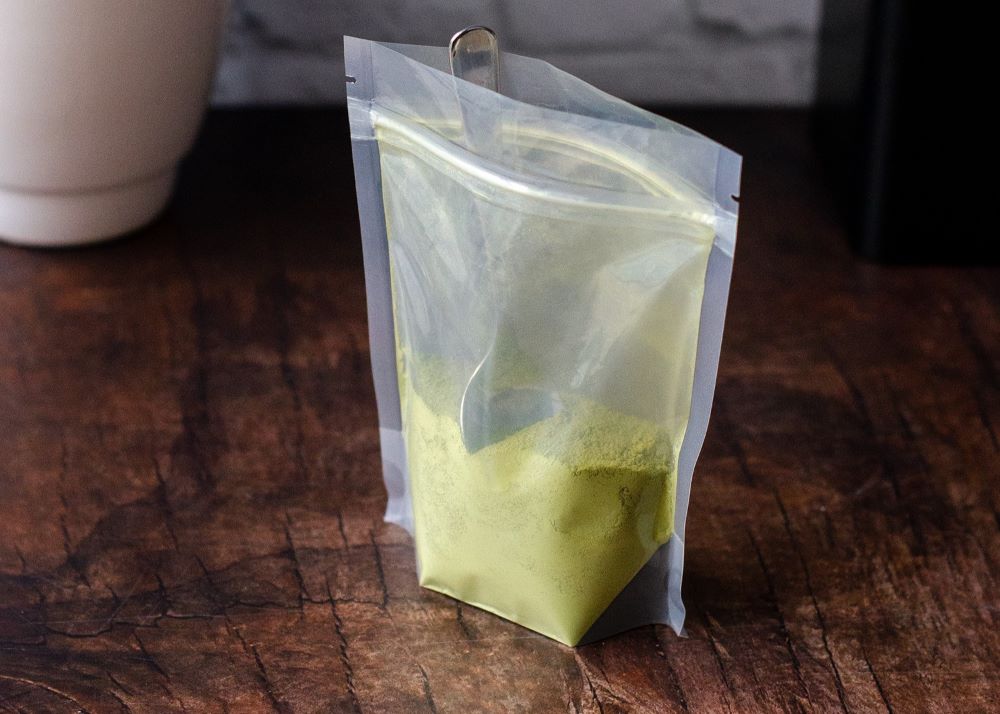
How Compostable Pouches Elevate Sustainability
Compostable stand-up pouches take end-of-life into account by being designed for composting from the very beginning. They offer a more sustainable alternative to traditional stand-up pouches, which end up in landfills.
Here's what sets them apart:
- Enhanced Sustainability: These pouches are made from compostable materials that break down in composting environments. When composted they effectively reduce landfill waste and contribute to a more sustainable cycle of use and disposal.
- Retained Benefits of Standard Pouches: Compostable stand-up pouches maintain all the advantages of their non-compostable counterparts, such as efficient use of materials, reduced shipping emissions, and protective barriers against moisture and air. They also continue to offer consumer-friendly features like resealability and ease of use.
- Lower Environmental Impact: By decomposing into natural elements in a compost environment, these pouches minimize their environmental footprint, avoiding the long-term pollution associated with traditional plastic packaging.
- Support for Circular Economy: The use of compostable stand-up pouches encourages a circular economy approach, where products and materials are reused and recycled to the greatest extent possible, further reducing the need for new raw materials and the generation of waste.
- Market Differentiation: Brands that use compostable packaging can distinguish themselves as environmentally responsible, appealing to a growing segment of consumers who prioritize sustainability in their purchasing decisions.
- Regulatory Compliance: As more regions adopt stricter waste management and sustainability regulations, compostable pouches offer a way for businesses to comply with these policies and demonstrate their commitment to environmental stewardship.
Compostable stand-up pouches are a huge step forward in the packaging industry's move towards more sustainable practices! They offer a promising solution for brands looking to reduce their environmental impact, while still providing the practical and aesthetic benefits that make stand-up pouches so popular among consumers.
Connect with a Compostable Packaging Expert
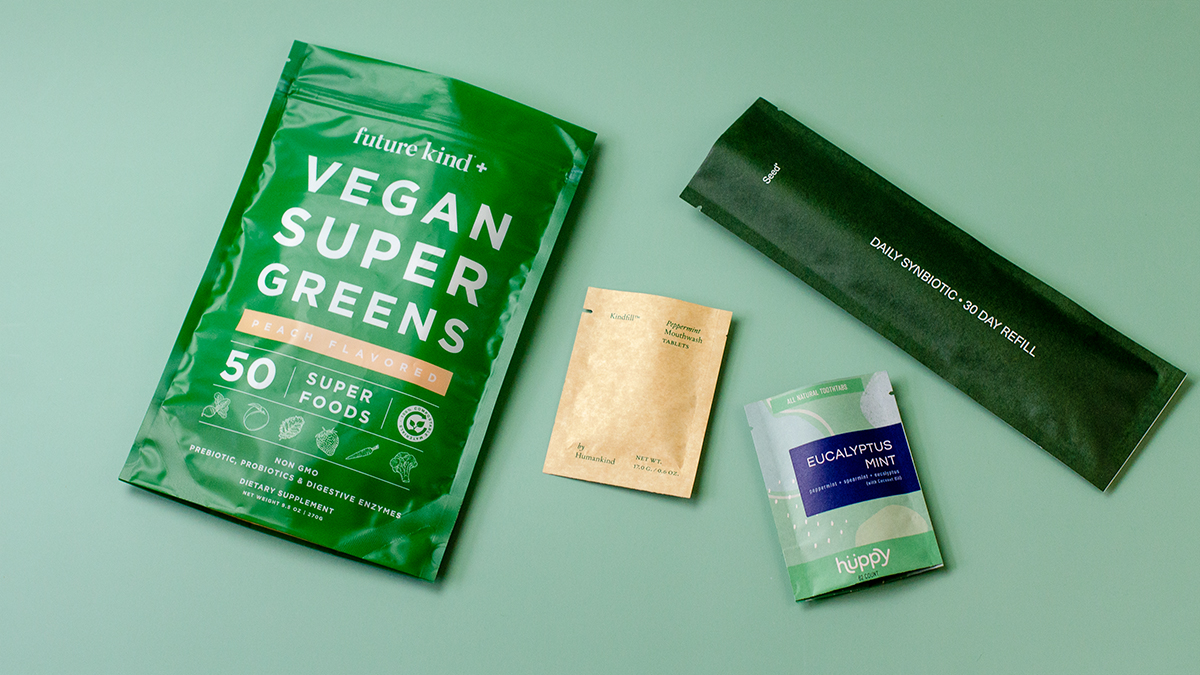
 Loading... Please wait...
Loading... Please wait...


